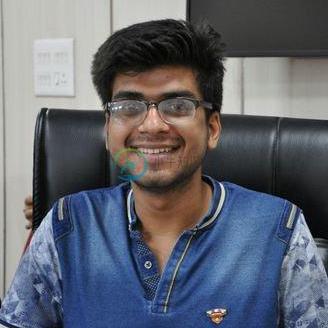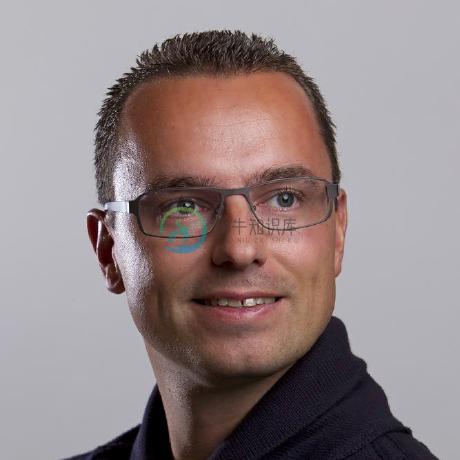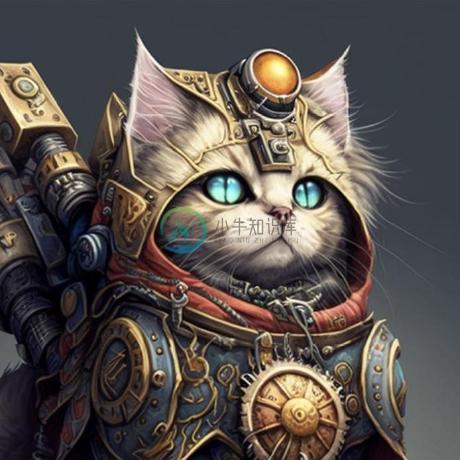Please Note: main is now v5.0.0 and the code for v4.x can be found in the main-v4 branch!
k3s in docker
k3s is the lightweight Kubernetes distribution by Rancher: rancher/k3s
k3d creates containerized k3s clusters. This means, that you can spin up a multi-node k3s cluster on a single machine using docker.
Learning
- Website with documentation: k3d.io
- Rancher Meetup - May 2020 - Simplifying Your Cloud-Native Development Workflow With K3s, K3c and K3d (YouTube)
- k3d demo repository: iwilltry42/k3d-demo
Requirements
Releases
Note: In May 2020 we upgraded from v1.7.x to v3.0.0 after a complete rewrite of k3d!
Note: In January 2021 we upgraded from v3.x.x to v4.0.0 which includes some breaking changes!
Note: In September 2021 we upgraded from v4.4.8 to v5.0.0 which includes some breaking changes!
| Platform | Stage | Version | Release Date | |
|---|---|---|---|---|
| GitHub Releases | stable | |||
| GitHub Releases | latest | |||
| Homebrew | - | - | ||
| Chocolatey | stable | - |
Get
You have several options there:
use the install script to grab the latest release:
- wget:
wget -q -O - https://raw.githubusercontent.com/rancher/k3d/main/install.sh | bash - curl:
curl -s https://raw.githubusercontent.com/rancher/k3d/main/install.sh | bash
- wget:
use the install script to grab a specific release (via
TAGenvironment variable):- wget:
wget -q -O - https://raw.githubusercontent.com/rancher/k3d/main/install.sh | TAG=v5.0.0 bash - curl:
curl -s https://raw.githubusercontent.com/rancher/k3d/main/install.sh | TAG=v5.0.0 bash
- wget:
use Homebrew:
brew install k3d(Homebrew is available for MacOS and Linux)- Formula can be found in homebrew/homebrew-core and is mirrored to homebrew/linuxbrew-core
install via MacPorts:
sudo port selfupdate && sudo port install k3d(MacPorts is available for MacOS)install via AUR package rancher-k3d-bin:
yay -S rancher-k3d-bingrab a release from the release tab and install it yourself.
install via go:
go install github.com/rancher/k3d@latest(Note: this will give you unreleased/bleeding-edge changes)use Chocolatey:
choco install k3d(Chocolatey package manager is available for Windows)- package source can be found in erwinkersten/chocolatey-packages
or...
Build
- Clone this repo, e.g. via
git clone git@github.com:rancher/k3d.gitorgo get github.com/rancher/k3d/v5@main - Inside the repo run
- 'make install-tools' to make sure required go packages are installed
- Inside the repo run one of the following commands
make buildto build for your current systemgo installto install it to yourGOPATH(Note: this will give you unreleased/bleeding-edge changes)make build-crossto build for all systems
Usage
Check out what you can do via k3d help or check the docs @ k3d.io
Example Workflow: Create a new cluster and use it with kubectl
k3d cluster create CLUSTER_NAMEto create a new single-node cluster (= 1 container running k3s + 1 loadbalancer container)- [Optional, included in cluster create]
k3d kubeconfig merge CLUSTER_NAME --kubeconfig-switch-contextto update your default kubeconfig and switch the current-context to the new one - execute some commands like
kubectl get pods --all-namespaces k3d cluster delete CLUSTER_NAMEto delete the default cluster
Connect
- Join the Rancher community on slack via slack.rancher.io
- Go to rancher-users.slack.com and join our channel #k3d
- Start chatting
History
This repository is based on @zeerorg's zeerorg/k3s-in-docker, reimplemented in Go by @iwilltry42 in iwilltry42/k3d, which got adopted by Rancher inrancher/k3d.
Related Projects
- k3x: GUI (Linux) to k3d
- vscode-k3d: vscode plugin for k3d
- AbsaOSS/k3d-action: fully customizable GitHub Action to run lightweight Kubernetes clusters.
- AutoK3s: a lightweight tool to help run K3s everywhere including k3d provider.
- nolar/setup-k3d-k3s: setup K3d/K3s for GitHub Actions.
Contributing
k3d is a community-driven project and so we welcome contributions of any form, be it code, logic, documentation, examples, requests, bug reports, ideas or anything else that pushes this project forward.
Please read our Contributing Guidelines and the related Code of Conduct.
You can find an overview of the k3d project (e.g. explanations and a repository guide) in the documentation: k3d.io/internals/project
Contributors
✨
Thanks goes to these wonderful people (emoji key):
This project follows the all-contributors specification. Contributions of any kind welcome!
-
self-attention的公式为 a t t e n t i o n ( Q , K , V ) = S o f t m a x ( Q K d k ) V attention(Q,K,V)=Softmax( \frac{QK}{\sqrt{d_{k}}})V attention(Q,K,V)=Softmax(dk QK)V 个人理解,除以 d k \sqrt{d_{k}} dk 的
-
首先贴一份资料https://blog.csdn.net/zxyhhjs2017/article/details/83012425,相信大家都应该看过,但是yolov3的代码中并没有使用其中讲解的k-means++算法,而是使用k-means,应为所要得到的n个聚类中心是直接在box中随机选取,然后更新聚类中心。 接下来,附上代码分析! import numpy as np class YOL
-
K近邻法(KNN)与k-Means也是用户画像中常用的算法了。 今天小生就来解释下这两者之间的区别。 KNN K-Means 目的是为了确定一个点的分类 目的是为了将一系列点集分成k类 KNN是分类算法 K-Means是聚类算法 监督学习,分类目标事先已知 非监督学习,将相似数据归到一起从而得到分类,没有外部分类 训练数据集有label,已经是完全正确的数据 训练数据集无label,是
















